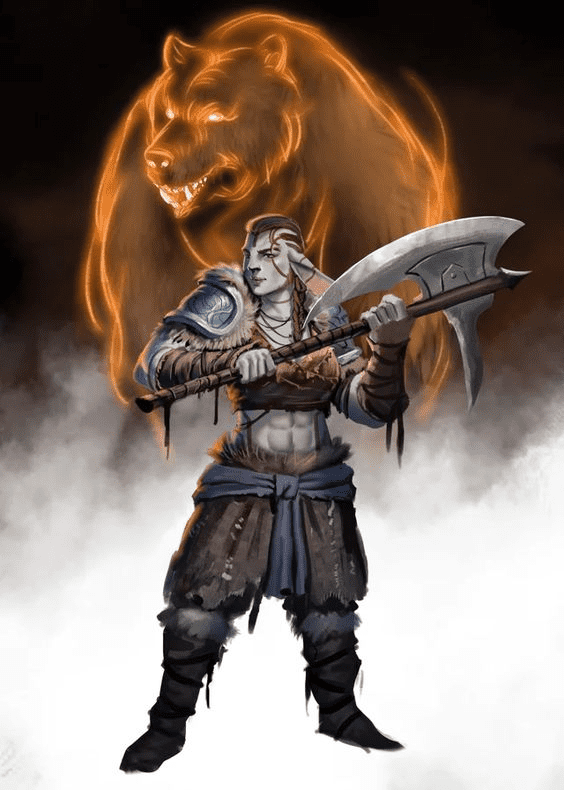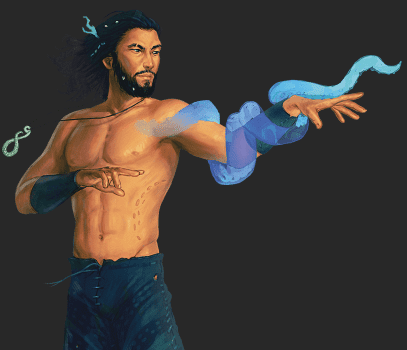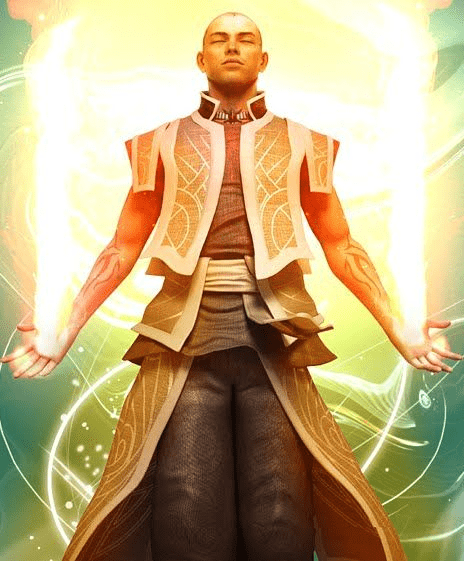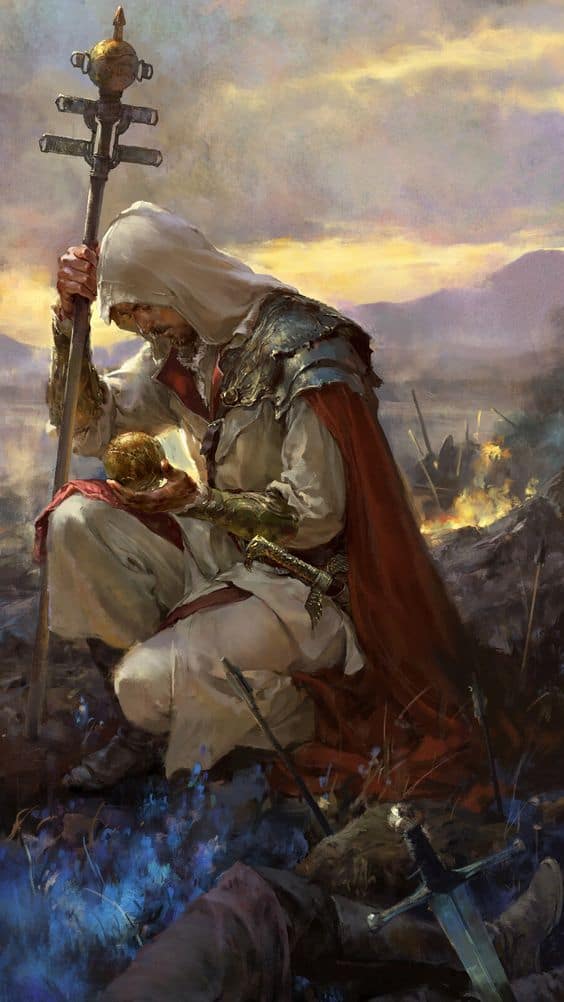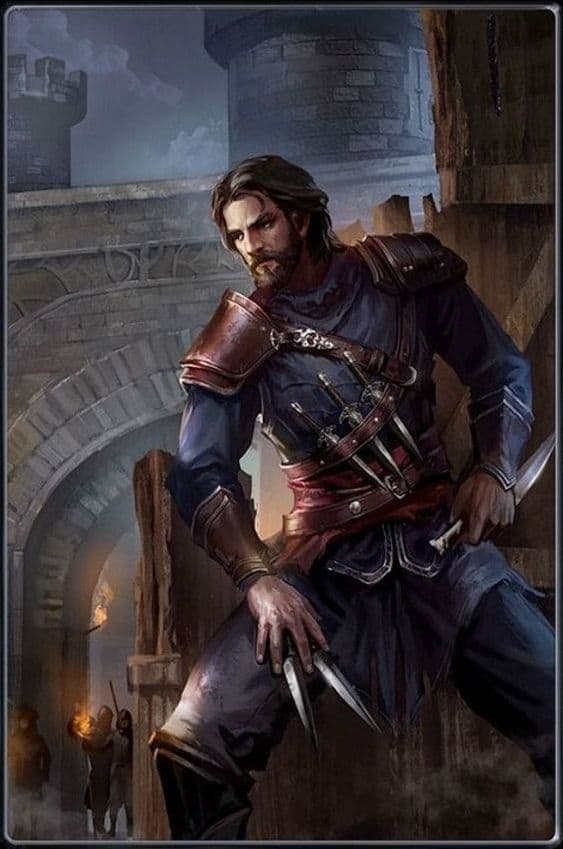D&D 5e: Champion Fighter Guide
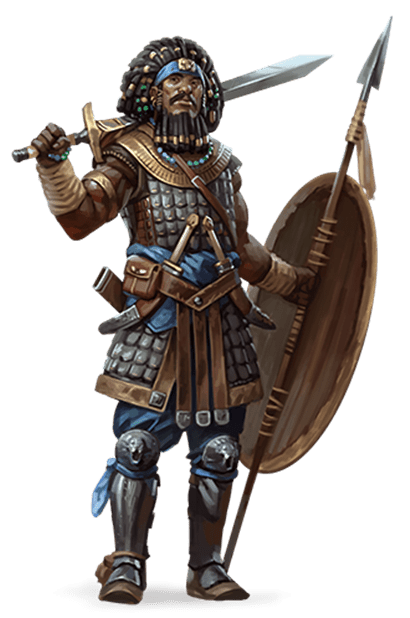
D&D 5e: Champion Fighter Guide
Role in the Party
The Champion Fighter was deliberately designed as a simple subclass for new players; however, the subclass doesn’t give you as much as it might seem at first. Giving new players an underwhelming class could turn them away from the game. There are also countless misconceptions about the Champion Fighter and its features out there, and in general, it’s a controversial subclass. It’s also possibly the most played subclass in the game according to some sources, which is unfortunate.
Your role in the party is to hit people with weapons and to sometimes be the target of attacks instead of your squishier allies. The typical Champion uses a melee weapon, but ranged weapons work just as well, and possibly better due to the Archery fighting style. Most champions will be melee fighters anyway though. Out of combat, you’ll usually be trusted with physical tasks and take part in standard adventuring activities.
Epic
Good
Meh
Bad
The Champion Fighter subclass is found in the Player’s Handbook. Click here to pick up your own copy of the Player’s Handbook!
Champion Fighter Features
Improved Critical
Beginning when you choose this archetype at 3rd level, your weapon attacks score a critical hit on a roll of 19 or 20.
This is a very simple feature, and it appeals to new players for that reason; they think “more crits!” and then pick the subclass. However, this feature only gives you a tiny amount more damage: the extra 5% critical chance comes out to an extra 3% DPR or less depending on your build since only the dice are doubled and not the modifier. It goes up a little if you have advantage on your attack, but it’s not a big increase. And if you’re taking something like Great Weapon Master or Sharpshooter, the +10 and your ability score modifier might be bigger than your dice even on a crit.
If you want to dedicate yourself to a subclass, it should be something that makes you more than 3% better at one thing; this feature offers no real flavor either, so there’s not even any roleplay flavor. Maybe the dopamine hit of critting on a 19 is enough even if the math doesn’t check out, but the natural 20 is much more of an iconic feature.
People who multiclass into Champion specifically for this feature should know better: yes, a paladin does benefit from extra crits, but that’s an additional 5% chance every round of getting a crit when you normally wouldn’t get one. You can’t rely on that 5% coming up when you need it. It also doesn’t work on spells like Eldritch Blast since it’s exclusive to weapon attacks, so don’t you dare try to multiclass Champion with a blasting warlock.
Remarkable Athlete
Starting at 7th level, you can add half your proficiency bonus (rounded up) to any Strength, Dexterity, or Constitution check you make that doesn’t already use your proficiency bonus.
In addition, when you make a running long jump, the distance you can cover increases by a number of feet equal to your Strength modifier.
Not everyone realizes that this works on initiative checks since those are dexterity checks and you’re probably not adding your proficiency bonus unless you’re a Harengon. This is somewhat unintuitive, and the subclass doesn’t do a good job of teaching this to new players. A little note reminding people that this worked on initiative would have been helpful.
Anyway, for the few other dexterity and strength checks, you’re not proficient in, and for the rare constitution check, this is a +2 bonus when you get this and then a +3 bonus at high levels. This is mostly just useful for initiative rolls. If you want a higher initiative, there are easier ways to get it than taking seven levels of fighter. The running long jump distance probably won’t matter either.
Additional Fighting Style
At 10th level, you can choose a second option from the Fighting Style class feature.
A second fighting style is nice, but you’re going to pick your second favorite this time instead of your first favorite. If you took Archery or Dueling at level 1, you might go with Defense this time. It’s not awful like the other features, but it’s pretty meh.
Superior Critical
Starting at 15th level, your weapon attacks score a critical hit on a roll of 18-20.
This is just the 3rd level feature again; same deal, crits go up by 5%, DPR goes up by 3% or less.
Survivor
At 18th level, you attain the pinnacle of resilience in battle. At the start of each of your turns, you regain hit points equal to 5 + your Constitution modifier if you have no more than half of your hit points left. You don’t gain this benefit if you have 0 hit points.
Your first solid feature from your subclass, and it only took until level 18. This is especially good in long, brutal adventuring days when you can expect to go under half of your hit points often. A single Healing Word used on you at 0 hit points can kickstart your powerful regeneration.
The feature refers to turns, and you don’t have turns out of combat, but this should work just fine out of combat since a round is 6 seconds. Stand still for a minute out of combat and you should be back up to half of your maximum hit points. Make sure your party members don’t use normal healing spells on you until you’re at the regeneration limit, or it’ll just go to waste.
Strengths
You get several tiny features from this subclass: they’re tiny, but they don’t have limited uses or take up any extra action economy. The Champion features are very unobtrusive, you can fit them on pretty much any kind of build, and they’re especially useful on long adventuring days with no rests of any kind.
Weaknesses
This subclass doesn’t give you anything solid until very high levels, and some players might be tricked into thinking that the crit chance is more impactful than it actually is. The lack of substantial bonuses is your biggest weakness.

Best Race Options
Human is the most common race taken with a champion fighter, but you might want to go with Variant Human so you can get a free feat. That feat can increase your damage or allow you to do something ridiculous with magic.
The Monsters of the Multiverse Bugbear has some synergy with the Champion. Fey Ancestry covers a weakness of many fighters, Long Limbed is ridiculous when a reach weapon gets involved, and the 2d6 from your Surprise Attack feature is doubled on a crit. That crit might not happen when you need it to happen on the first round of combat, but your +2 initiative bonus will give you more chances to apply the 2d6 in the first place.
For a low-level campaign, the Goliath is excellent. Rolling a d12 and adding your constitution modifier and then subtracting that number from the damage taken could possibly reduce even a critical hit from a goblin to 0 damage. It also has the perfect ability scores (+2 to strength and +1 to constitution) for new tables that aren’t using the Tasha’s ability score distribution features.
Choosing the Right Skills
Even though Remarkable Athlete covers you for strength and dexterity checks you’re not proficient in, you probably want both Athletics and Acrobatics proficiency as a Champion, since physical activities are in your territory. Stealth and Sleight of Hand are optional but may be useful.
If you take Athletics and Acrobatics, you have a few more proficiencies: Perception should be one of them so that you can avoid being surprised by enemies and detect traps and loot. If you don’t pick Stealth, you could pick pretty much anything as your fourth skill since nothing else is thematic or necessary, but Intimidation can be useful, especially if your dungeon master lets you use Strength with a lot of Intimidation checks.
Fitting Feats
You are probably a melee weapon user. Polearm Master gives you a bonus action attack and therefore more chances to get that 19 or 18 on the d20, and you can follow it up with Great Weapon Master for bonus damage on each attack.
If you want to pick up magic as a hobby, there’s no need to multiclass: Ritual Caster has you covered. Cast powerful rituals out of combat and possibly get a familiar if you have the intelligence for Wizard rituals.
If you’re a ranged character, Sharpshooter and Crossbow Expert are staples of many ranged builds, but Elven Accuracy will give you the best possible crit chance. The Elven Accuracy/Champion combo is overrated by some people, but it can be slightly more useful than usual than on a non-champion fighter if your allies can consistently give you advantage.
Optimal Backgrounds
The flavor text of the Champion is brief and vague, but the name Champion makes me think of the Gladiator background. It’s technically a variant of the Entertainer, but it makes sense that the fighter used to do a lot of fighting.
If you want to be more of a noble fighter, or want to be a medieval knight stereotype, the Knight variant of the Noble background is perfect. You even get your own commoner squire and two servants! I’m willing to bet none of the other party members have servants and a squire; at best, the Battle Smith has a single pet robot, and the Wizard has an owl. These commoners are useless in combat and should be kept far away from any danger, but they can be fun to have around in roleplay.
The Soldier background lets you flex your military rank and lets you feel like a much more tactical fighter with military experience. Especially useful if the DM has your military be relevant in the campaign.
Multiclassing Options
Two levels of Barbarian will give you Rage and Reckless Attack; advantage makes your expanded crit range much more useful. Three levels will give you a subclass; Ancestral Guardians is ideal if you want to protect allies, and Zealot is perfect if you want more damage and free resurrections. Remember that you can’t rage in heavy armor, so you will need to plan ahead and have enough dexterity to effectively use medium armor or the barbarian’s Unarmored Defense. To avoid delaying Extra Attack, take 2-3 barbarian levels after 5 or 6 fighter levels.
Ranger gives you a bit of magic and another fighting style, as well as a few miscellaneous features ranging from solid to rarely useful, and the Gloom Stalker subclass makes you into an ambush expert.
If you’re really high level, already multiclassed some, and you’re looking for more classes to take late in the campaign, why not a level of Warlock? Go the dark route and take Hexblade for bonus damage and added defense, plus some spells. The extra crit chance is redundant with what you can already do, so just ignore it and focus on the other benefits.
Would I recommend playing a Champion Fighter?
I do not recommend the Champion fighter for new players or experienced players doing multiclass combos: if you are a new player and want a simple fighter, play a Battle Master instead; you have to pick maneuvers from a big list when you take the subclass, but online guides tend to be pretty good at recommending solid maneuvers so you can just pick commonly recommended maneuvers like Menacing Attack, Bait and Switch, and Tripping Attack.
If you want to make a crit fishing multiclass build, ask yourself if Champion is any better than a Hexadin; you’ll crit on a 19 against any important enemy and get more benefits.


